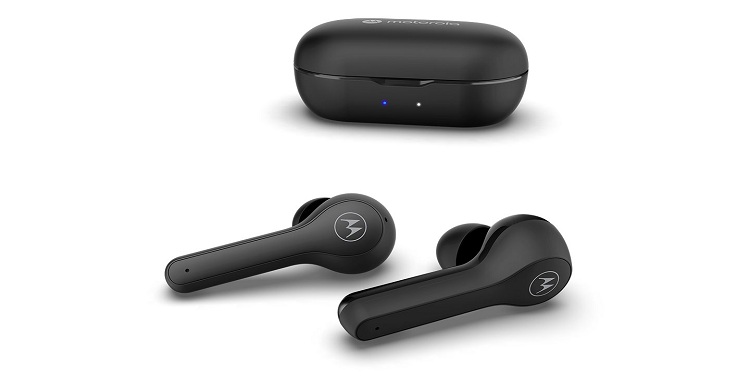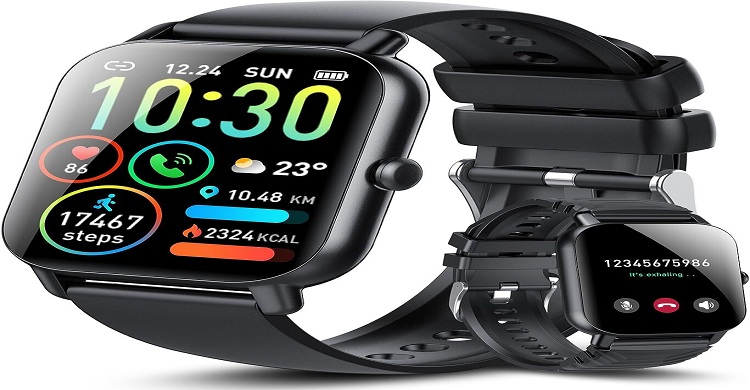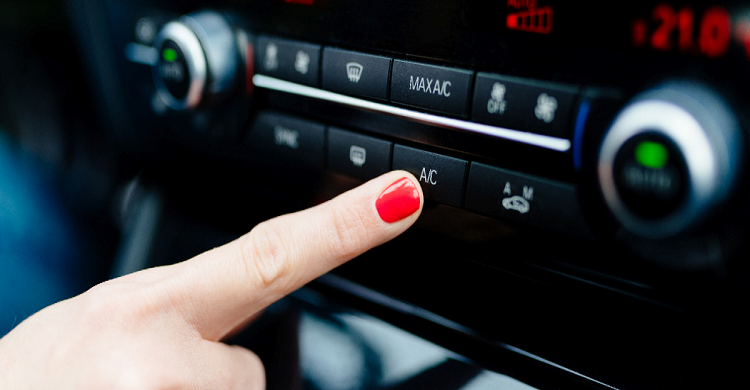
- Information Technology
- Lead News
AI could speed up screening for diabetic sight loss
- Information Technology
- Lead News
- 06 July, 2020 22:04:10
CNI Desk: A large-scale study has indicated that an AI tool performs very accurately when detecting serious eye disease among patients with diabetes, potentially halving the human workload associated with this process.
The results were drawn from the largest study of AI use in the English Diabetic Eye Screening Programme (DESP), which screens people with diabetes once a year for signs of eye damage associated with the condition (diabetic retinopathy). Diabetes can cause damage to blood vessels in the retina, which can lead to sight loss if left untreated.
The study involved researchers from hospitals and universities across the UK. They used images from 30,000 patient scans (amounting to a total of 120,000 images) from the programme to search for signs of retinal damage, using the ‘EyeArt’ AI screening technology developed by LA-based Eyenuk Inc.
The study concluded that the tool was 95.7 per cent accurate for detecting damage which could require referral to specialist services, and had 100 per cent accuracy when detecting moderate to severe retinopathy, which could lead to sight loss. The researchers estimated that use of the EyeArt tool could halve the human workload associated with screening for diabetic retinopathy and save £500,000 per 100,000 screening episodes, amounting to annual savings of more than £10m in England alone.
“The national screening programme has been shown to be highly effective at reducing the levels of sight loss due to diabetes,” said Professor Alicja Rudnicka, an epidemiologist at St George’s University of London and senior author of the study. “Damage to the eye is easily detectable and we have effective treatments available for those that need it. But there is a very high burden on human graders required to diagnose the thousands of images every day – most of which show no signs of disease and require no further action.
“Our study shows that machine-learning technology could safely halve the number of images that need to be assessed by humans, freeing up further funds and resources for the NHS. If this technology is rolled out on a national level, it could immediately reduce the backlog of cases created due to the coronavirus pandemic, potentially saving unnecessary vision loss in the diabetic population.”
Tools like EyeArt could also prove useful in regions which do not yet have a workforce established to screen for diabetic retinopathy. Diabetes is on the rise around the world, with cases expected to rise to 629 million by 2045, presenting a serious challenge of scale for health services.
Moorfields Eye Hospital ophthalmologist Professor Adnan Tufail commented that this study is noteworthy due to the very large sample size of more than 120,000 real-world images.
“We have shown that this validated AI software can reduce the burden of humans needing to grade diabetic eye screening images in the UK massively, by more than five million images per year. The technology is incredibly fast, does not miss a single case of severe diabetic retinopathy, and could contribute to healthcare system recover post-Covid,” Tufail said.
“We have developed what we believe to be a gold-standard study of how to validate AI for clinical use. We hope that other countries will follow this methodology, giving healthcare systems confidence in using this technology.”
Researchers at Stanford University have also been working to develop machine-learning tools for detecting signs of diabetic retinopathy, based on a dataset of more than 75,000 patient images.




























Comment ( 0)